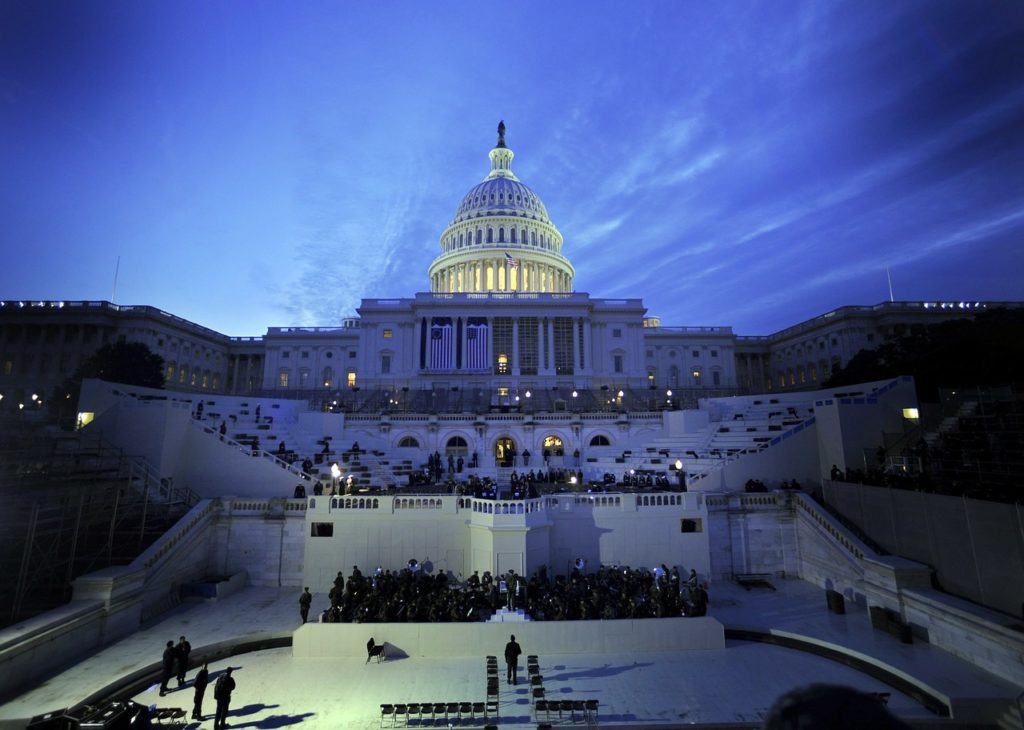State and federal agencies are taking steps to help alleviate the burdens placed on the health care system by the COVID-19 pandemic. However, few of the actions so far are oriented around the specific needs of the hospice and palliative care communities. This could signal a lack of awareness or understanding of the needs of those providers among executive leaders and legislators, particularly at the state level.
While agencies such as the U.S. Centers for Medicare & Medicaid Services (CMS) routinely work with hospices, the same may not be true for many legislators or governors who are also making key decisions that could impact providers and patients.
Even under normal circumstances, hospice and palliative care providers are adversely impacted by a lack of awareness of the nature of their work, as well as the value and benefits they provide to patients and families, payers, as well as the health care system at large. Organizations must also contend with ongoing stigma associated with the very world “hospice” among much of the public.
Though little is certain, direct organizational contact with state and federal agencies and legislators has the potential to move action forward that could benefit the hospice and palliative care communities during the COVID-19 pandemic, as well as encouraging staff to contact their own representatives.
In today’s high stakes, making themselves heard may be their best option for providers to secure government support and relief. Hospice and palliative care advocacy groups such as the National Hospice & Palliative Care Organization, the National Association for Home Care and Hospice, and others have appealed to the White House, the Congress, CMS and the U.S. Department of Health & Human Services for more support, including permission to use telehealth in place of face-to-face encounters. However, more voices may be needed to capture the attention of government stakeholders and to illuminate the scale and scope of the challenges confronting most hospices.
Though hospice and palliative care providers are stretched to their limit in regards to staff, resources, workload and implementation of emergency response plans, taking time to contact state and federal officials may be critical.
Companies featured in this article:
National Association for Home Care and Hospice, National Hospice and Palliative Care Organization



